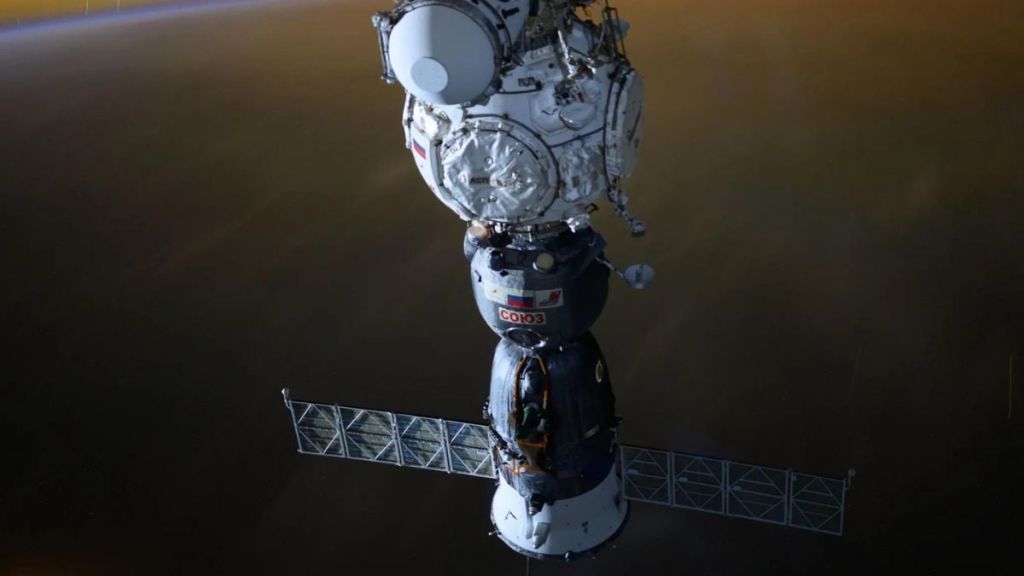
NASA astronaut Tracy C. Dyson is returning home after a successful six-month mission on the International Space Station (ISS). Dyson conducted various experiments and technology demonstrations aimed at advancing humanity on Earth and NASA's goals for future missions to the Moon and Mars.
NASA's Upcoming Live Coverage
NASA's coverage of Dyson's return is scheduled for 04:15 PM on September 23rd, following a ceremony marking the transition from Expedition 71 to Expedition 72.
Transition Of Control
Expedition 71 commander Kononenko will hand over control of the ISS to NASA astronaut Sunita Williams. Williams and Butch Wilmore, who arrived in June on Boeing's Starliner, will extend their stay until February 2025 due to spacecraft issues. NASA's coverage will continue on September 23rd to show the closing of hatches and the Soyuz spacecraft's journey back to Earth, with an expected landing southeast of Dzhezkazgan, Kazakhstan.
Mission Highlights
Dyson, Novitskiy, and Vasilevskaya arrived at the ISS in March on Soyuz MS-25. Dyson's 184-day mission will come to an end, while Novitskiy and Vasilevskaya spent 12 days in space before returning in April on the Soyuz MS-24. Kononenko and Chub will set a new record with 374 days on the station, surpassing the previous record set by a different crew in 2023. Kononenko holds the record for the most time spent in space, with NASA stating he will have accumulated 1,111 days in space by the end of his current mission.

Research And Experiments Conducted
During her time aboard the ISS, astronaut Tracy C. Dyson conducted significant research, including 3D printing cardiovascular tissue samples in microgravity to potentially create 3D-printed organs for transplant patients.

She also studied fluid movement in simulated respiratory systems to improve drug delivery methods, ran student-designed software on Astrobee robots to engage middle school students in technology education, and controlled robots on Earth's surface from the space station to prepare for future missions to the Moon and Mars. Dyson's work highlights the importance of space research for both scientific advancement and inspiring the next generation of innovators.

Imaging And Cryopreservation Efforts
Astronauts on the space station capture Earth's essence through photographs for research on climate and environmental trends and natural disaster assessments, with over four million images taken. Dyson participates in an experiment to crystallise proteins lysozyme and insulin in space using the Advanced Space Experiment Processor, which could lead to pharmaceutical applications. Cryopreservation is crucial for preserving samples for biology experiments, with the space station having multiple freezer options.
Supporting Science And Innovation
Visiting vehicles bring supplies for crew living and new science experiments, including testing water recovery technology, stem cell production, microorganism DNA studies, and science demonstrations for students. Dyson's contributions reflect a commitment to advancing science and technology in space, reinforcing the importance of international cooperation in space exploration.